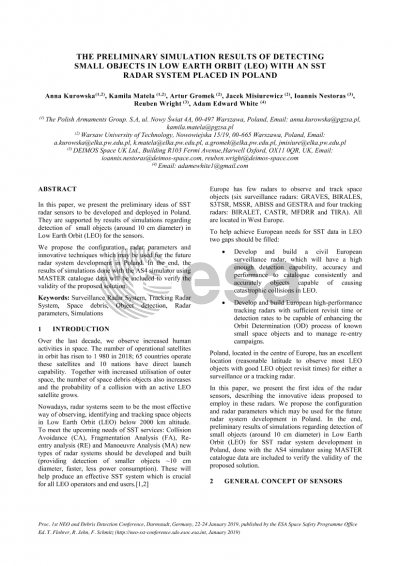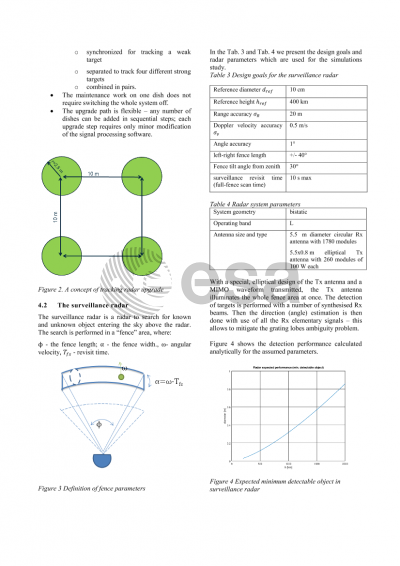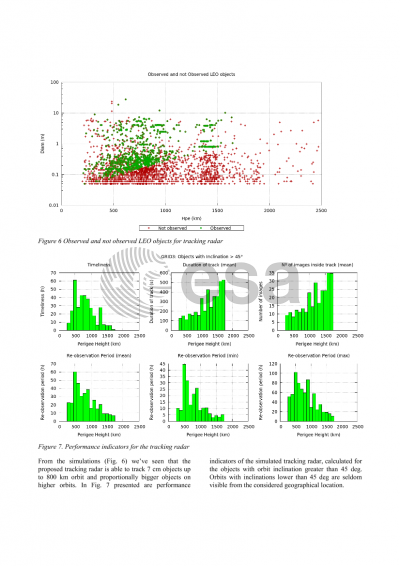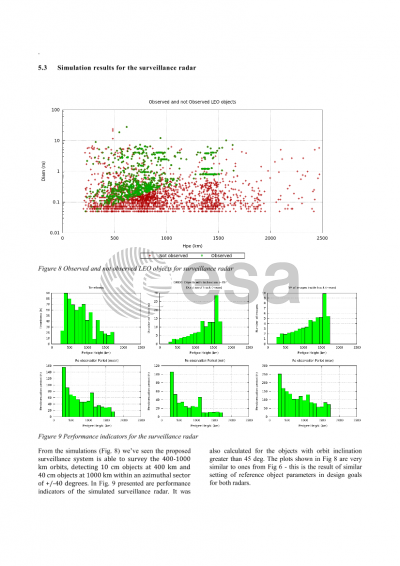Document details

Abstract
Over the last decade, we observe increased human activities in space.
The number of operational satellites has risen to 55 and 10 nations have direct launch capability. Together with increased utilisation of outer space, the number of space debris objects also increases and the probability of a collision with an active LEO satellite grows.
Nowadays, radar systems seemed to be the most effective way of observing, identifying and tracking space objects in Low Earth Orbit (LEO) below 2000 km altitude. To meet the upcoming needs of SST services (Collision Avoidance (CA), Fragmentation Analysis (FA), Re-entry analysis (RE) and Manoeuvre Analysis (MA)) new types of radar systems should be developed and built (providing detection of smaller objects ~10 cm diameter, faster, less power consumption). These will help produce an effective SST system which is crucial for all LEO operators and end users.
Europe has few radars to observe and track space objects (six surveillance radars: GRAVES, BIRALES, S3TSR, MSSR, ABISS and GESTRA and four tracking radars: BIRALET, CASTR, MFDRR and TIRA). All are located in West Europe. To help achieve European needs for SST data in LEO two gaps should be filled:
• Develop and build a civil European surveillance radar, which will have a high enough detection capability, accuracy and performance to catalogue consistently and accurately objects capable of causing catastrophic collisions in LEO.
• Develop and build European high-performance tracking radars with sufficient revisit time or detection rates to be capable of enhancing the Orbit Determination (OD) process of known small space objects and to manage re-entry campaigns.
Poland, located in the centre of Europe, has an excellent location (reasonable latitude to observe most LEO objects with good LEO object revisit times) for either a surveillance or tracking radar.
In this paper, we present the preliminary results of simulations regarding detection of small objects (around 10 cm diameter) in Low Earth Orbit (LEO) for SST radar system development in Poland. We propose the configuration and radar parameters which may be used for the future radar system development in Poland. In the end, the results of simulations done with the AS4 simulator using MASTER catalogue data will be included to verify the validity of the proposed solution.
Preview









